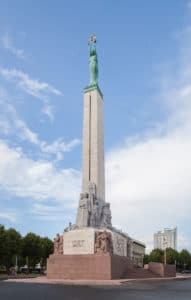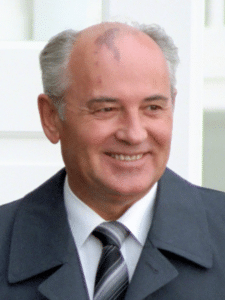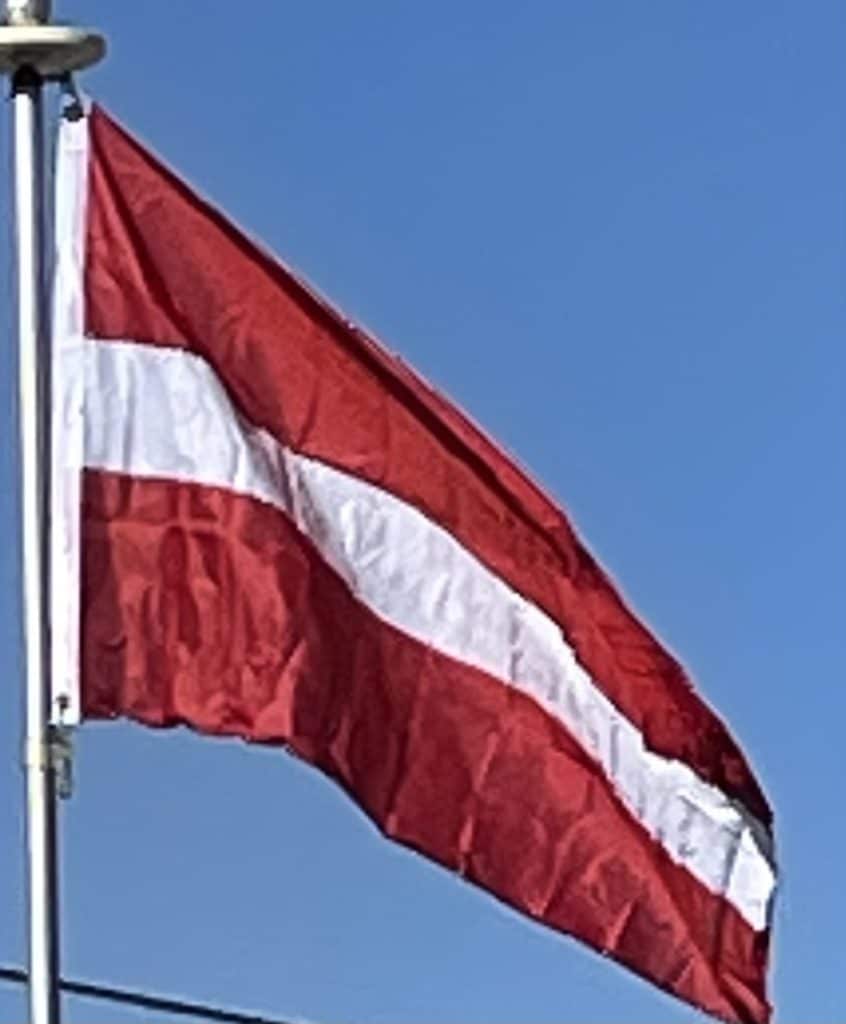Since Latvia had maintained a well-developed infrastructure and educated specialists, Moscow decided to base some of the Soviet Union’s most advanced manufacturing in Latvia. New industry was created in Latvia, including a major machinery factory in Jelgava, electrotechnical factories in Riga, chemical factories in Daugavpils, Valmiera and Olaine—and some food and oil processing plants. However, there were not enough people to operate the newly built factories. To maintain and expand industrial production, skilled workers were migrating from all over the Soviet Union, decreasing the proportion of ethnic Latvians in the republic. The population of Latvia reached its peak in 1990 at just under 2.7 million people.
Restoration of Independence in 1991:
In the second half of the 1980s, Soviet leader Mikhail Gorbachev started to introduce political and economic reforms in the Soviet Union that were called glasnost and perestroika. In the summer of 1987, the first large demonstrations were held in Riga at the Freedom Monument—a symbol of independence.

In the summer of 1988, a national movement, coalescing in the Popular Front of Latvia, was opposed by the Interfront. The Latvian SSR, along with the other Baltic Republics was allowed greater autonomy, and in 1988, the old pre-war Flag of Latvia flew again, replacing the Soviet Latvian flag as the official flag in 1990.
In 1989, the Supreme Soviet of the USSR adopted a resolution on the Occupation of the Baltic states, in which it declared the occupation “not in accordance with law”, and not the “will of the Soviet people”. Pro-independence Popular Front of Latvia candidates gained a two-thirds majority in the Supreme Council in the March 1990 democratic elections. On 4 May 1990, the Supreme Council adopted the Declaration on the Restoration of Independence of the Republic of Latvia, and the Latvian SSR was renamed Republic of Latvia.
However, the central power in Moscow continued to regard Latvia as a Soviet republic in 1990 and 1991. In January 1991, Soviet political and military forces tried unsuccessfully to overthrow the Republic of Latvia authorities by occupying the central publishing house in Riga and establishing a Committee of National Salvation to usurp governmental functions. During the transitional period, Moscow maintained many central Soviet state authorities in Latvia.

In spite of this, 73% of all Latvian residents confirmed their strong support for independence on 3 March 1991, in a non-binding advisory referendum. The Popular Front of Latvia advocated that all permanent residents be eligible for Latvian citizenship, helping to sway many ethnic Russians to vote for independence. However, universal citizenship for all permanent residents was not adopted. Instead, citizenship was granted to persons who had been citizens of Latvia at the day of loss of independence at 1940 as well as their descendants. As a consequence, the majority of ethnic non-Latvians did not receive Latvian citizenship since neither they nor their parents had ever been citizens of Latvia, becoming non-citizens or citizens of other former Soviet republics. By 2011, more than half of non-citizens had taken naturalization exams and received Latvian citizenship. Still, today there are 290,660 non-citizens in Latvia, which represent 14.1% of the population. They have no citizenship of any country, and cannot vote in Latvia.
